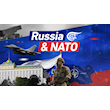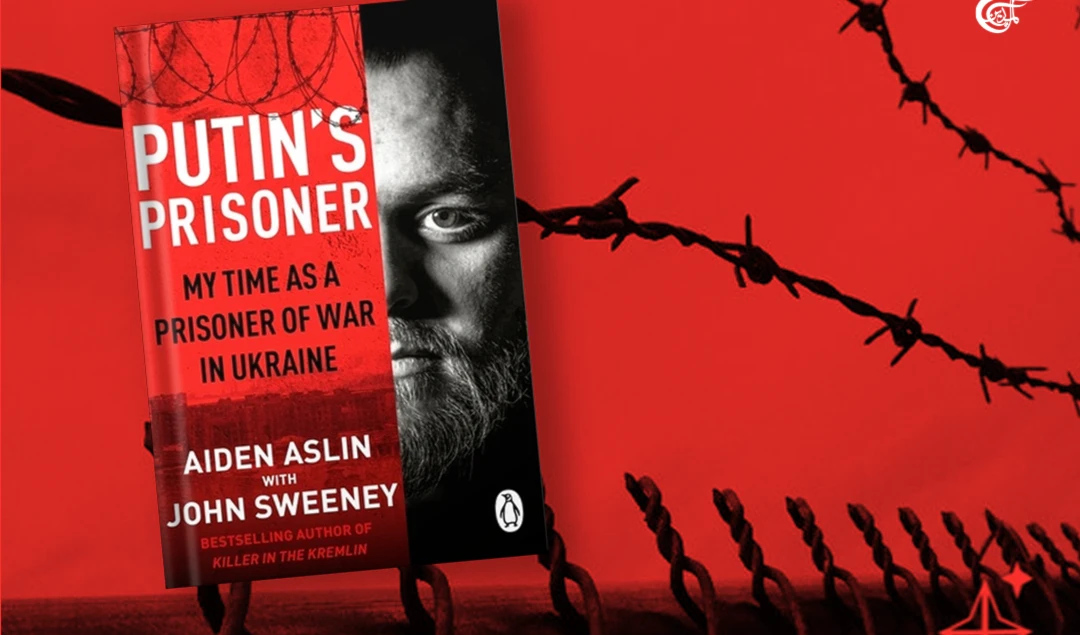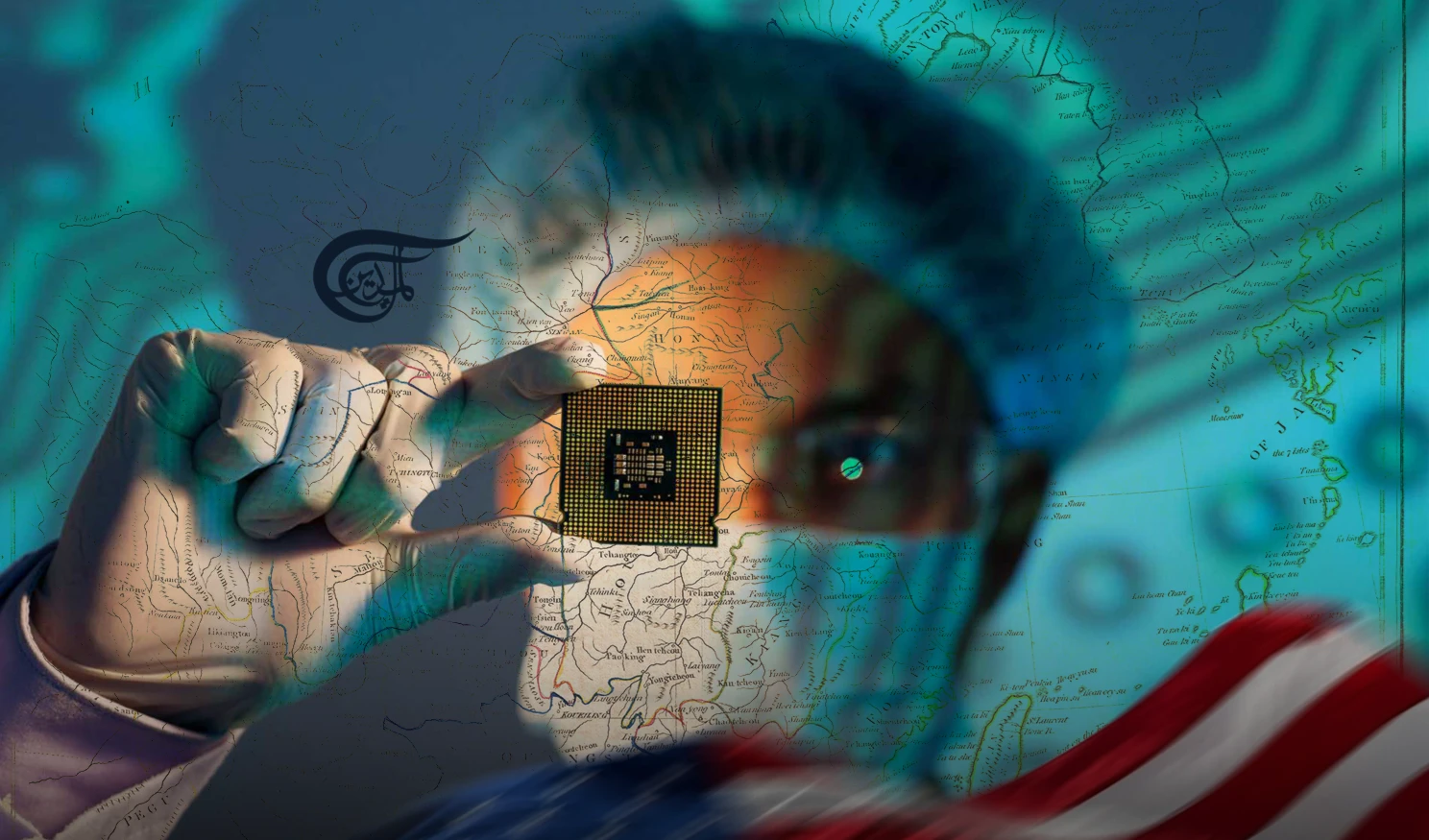Ukraine - No arms for Nato’s proxy war
While many viewed the Spanish Civil War as the precursor to World War II, the war in Ukraine is in reality a proxy war being fought by NATO and the US against Russia.
-

Ukraine - No arms for Nato’s proxy war
Felicia Browne said that if she found a cause more worthy than art and sculpture then it was worth fighting for.
In Spain, she found just that, as she joined the Catalan Communist Karl Marx militia in 1936, becoming the first British woman to take up arms in the fight against Franco’s fascists.
“I am a member of the London communists and I can fight as well as any man”, Browne declared as she joined the frontline in one of a number of mixed-gender brigades.
Browne, who was active in the Artists' International Association, was killed just weeks later on the Aragon front, one of the thousands who gave their lives for liberty in defense of the Spanish Republic.
Many of her contemporaries in the Communist Party of Great Britain were to follow in her footsteps, becoming part of an estimated 4,000 that made the arduous journey from Britain to join the fighting.
While not all that went to Spain were communists, they made up the backbone of the International Brigades and were responsible for the global recruitment effort.
It is estimated that nearly 60,000 people rallied to the cause from some 63 countries. Around 80 percent of them were communists and nearly a quarter of volunteers are believed to have been Jewish.
The Ukrainian interbrigade company Taras Shevchenko - named after a famous revolutionary national poet - was formed by the Ukrainian citizens of what was then Poland.
Anti-fascist actions had seen pitched battles with police on the streets of what is now the Ukrainian city of Lviv over the summer of 1936 as Franco’s forces seized power in Madrid.
Part of this summer of action saw the Lviv Anti-Fascist Congress of Cultural Workers which aimed to unite workers and intellectuals into support for a popular front.
Meetings were held in factories during the congress which debated a range of issues, including the national question and equal language rights while rejecting militarism and bourgeois nationalism.
Hopes of turning the city into Red Lviv were dashed however as those associated with the congress were forced to flee, while in an echo of modern-day Ukraine communist newspapers were banned.
Later that year, mass demonstrations were held in support of the Spanish Republic and workers joined the ranks of the Ukrainian interbrigade.
Most were members of the Communist Party of Western Ukraine with one of its company leaders, Yuri Velykanovich, killed in the 1938 Battle of Ebro.
In 1982, a monument was erected in his honor in the now Ukrainian city of Lviv.
But in 2015, its head was cut off and two years later, the statue was torn down by members of the neo-Nazi C14 group who daubed “down with the communists” on its base.
Many liberals and media organizations have made comparisons between the Spanish Civil War and the current conflict in Ukraine.
The Guardian likened those joining the ranks of foreign fighters in Ukraine as “the most significant international brigade since the Spanish civil war”.
US journal Foreign Policy and the New European have also carried similar pieces on Ukrainian President Volodymyr Zelensky’s appeal to “citizens of the world” to join his country’s fight for its life.
But while it is tempting to draw such comparisons they fall flat.
Those that went to Spain in 1936 were fighting not just to defend the Republic, but to stop the spread of fascism across Europe.
It was a deeply ideological struggle as the makeup of the volunteers' shows.
They were fighting against a military force that was backed with arms and support from Hitler’s Germany and Mussolini’s Italy.
In Ukraine, volunteers - however well-meaning they may claim to be - are not fighting against fascists, but alongside them.
The Azov Battalion and other neo-Nazi forces continue to play a leading role in Ukraine, despite dangerous and dishonest efforts to minimize their significance in the western press.
And while the volunteers in Spain were rallying to the cause of an embattled leftist government, the same simply cannot be said of Zelensky’s Ukraine.
However much he is lauded by Western governments and media outlets, the Ukrainian government he presides over is far from progressive.
Independent media outlets have been shut down across the country while neo-Nazism has been allowed to flourish.
The communists that in the 1930s flocked to the ranks of the International Brigades under the slogan “No Pasarán - They Shall Not Pass” today face oppression with members in prison and its newspaper closed down while their party has been banned in Ukraine since 2015.
Their counterparts - the Communist Party of the Russian Federation - support their country’s intervention as part of efforts to “denazify” Ukraine.
In fact, it was the party’s deputies in the Russian State Duma that tabled the motion calling on President Vladimir Putin to recognize the breakaway Donetsk and Lugansk regions as independent republics.
Its members have mobilized in defense of the Donbass region, joining militias fighting against fascism there since 2014 and the party has delivered some 93 tons of humanitarian aid to its residents.
The CPRF characterizes the conflict in Ukraine as a proxy war being waged by NATO against Russia, one that it has spent the past eight years preparing for.
Their assessment is undoubtedly correct.
While recruitment to the International Brigades was the responsibility of communists, recruitment to the Ukrainian cause has been run by the neo-Nazi Azov movement.
According to a Time magazine report in January 2021, Ali Soufan, a security consultant and former FBI agent who has studied Azov, estimates that more than 17,000 foreign fighters have come to Ukraine over the past six years from 50 countries.
Since the war broke out in February, a number have also answered Zelensky’s appeal to join the fight to defend Ukraine, with recruitment taking place at its embassies abroad and centers on and around the country’s borders.
The latest recruitment drive has seen just over 6,000 “foreign mercenaries” from 63 counties joining the fight on the side of Ukraine, with Russia’s Defence Ministry saying that some 400 of them are embedded with neo-Nazi forces in Mariupol.
Their efforts have been encouraged by the British government with Foreign Secretary Liz Truss giving her backing to anyone that wants to fight in Ukraine.
She told the BBC that they are “fighting for freedom and democracy, not just for Ukraine, but for the whole of Europe” although later retracted her remarks on Britons joining the conflict which the prime minister's office said remained illegal.
While many viewed the Spanish Civil War as the precursor to World War II, the war in Ukraine is in reality a proxy war being fought by NATO and the US against Russia.
This is becoming more apparent, with the Times front page just last Saturday reporting that the SAS - Britain’s most elite fighting force - was inside Ukraine training soldiers.
Despite this, some on the left have erroneously tried to badge the situation in Ukraine as some kind of “people’s war”.
In London earlier this month, what was billed as a major national trade union-backed demonstration failed to gain any traction, pulling in no more than 150 people.
On the whole, the protest was shunned by the unions, some of whom sent banners but did not mobilize their members, many of whom expressed anger after seeing the footage.
Many, but by no means all, were supporters of the marginal but destructive Alliance for Workers Liberty, known apologists for imperialism.
They led the protesters in chants of “arm, arm, arm Ukraine” in what was essentially a pro-war, pro-government demonstration timed as Prime Minister Boris Johnson was visiting Zelensky in Ukraine.
It turns out that whipping up support for a war, most people want to see come to an end does not play well with the British public.
In the circumstances, it is not a surprise that the large majority of people who naturally empathize with the plight of Ukrainians stayed away from such a carnival of reaction.
The aim of the so-called Ukraine Solidarity Campaign intervention was to bring support for NATO and increased militarisation into the British trade union movement.
They have launched attacks on the Stop the War Coalition, oddly for not being pro-war enough, accusing the organization of being fifth columnists for Russia.
In his speech at the poorly attended rally, journalist Paul Mason, a former BBC reporter and Channel 4 economics editor, led the charge for more NATO weapons to be sent to Kiev, egging Johnson on to “tighten the sanctions” on Russia.
Self-styled human rights campaigner Peter Tatchell called for “total economic war on Putin’s fascist state” saying that calls for peace are bizarrely somehow “to side with Putin”.
Blue tick liberal Guardian commentator Owen Jones - not known for depth or originality - also invoked the Spanish Civil War and said that calls for a ceasefire were glib in the circumstances.
While he was not able to be at the demonstration, Jones advocates Russia’s military defeat, which can only mean a call for more war and a NATO/US victory while the suffering of ordinary Ukrainians continues.
The poor turnout led one former Labour MEP to ask: “for all Putin apologists on the Left - where [the] F*** are you?”
Not with you was the resounding answer to these useful idiots for imperialism, whose pitiful call is one for more war, more destruction and more Ukrainian deaths.
Their warmongering stance has understandably been rejected outright by the British public and trade unionists, who on the whole don’t want to see the conflict extended.
They can see that their demand for more arms to be sent to Ukraine - a region that has already been flooded with an enormous amount of weapons and lethal aid by the western powers - is a recipe for disaster and more suffering.
The dangers of such an approach should be clear, as recent history reminds us.
At the beginning of the war, as an editorial in the Morning Star highlights, former US Secretary of State Hilary Clinton keenly advocated the so-called Afghanistan model.
In an MSNBC interview, she reminded viewers that “a very motivated and then funded and armed insurgency basically drove the Russians out” of the country following the 1979 invasion.
But the fighters she referred to were the mujahideen, which in turn spawned the Taliban and the jihadists of al-Qaeda.
Clinton begrudgingly acknowledged that arming radical Islamists led to “other unintended consequences” but this did not deter her zealous support for more weapons to be sent to Ukraine.
Of course, Clinton and her ilk couldn’t care less about the consequences of such actions or any potential blowback.
It matters not that the arms would clearly fall into the hands of neo-Nazis - a fact acknowledged by British James Heappey last month.
Imperialist powers have a long tradition of using proxy forces from Syria to Latin America, and in Ukraine they are using Azov as their shock troops against Russia and in defense of a unipolar world.
The path to peace lies in upholding the Minsk agreements, which would have allowed increased autonomy for Donetsk and Lugansk while remaining part of Ukraine, and addressing Russia’s legitimate security concerns which means Ukrainian neutrality and an end to NATO’s aggressive expansionism.
But this path is being willfully blocked by Washington and the military-industrial complex, with last week’s meeting of eight arms companies convened by the Pentagon a clear sign of its priorities.
The danger of prolonging the conflict to exhaust Russia, which appears to be the tactic of the western powers, is one of war spiraling beyond the borders of Ukraine.
A number of smoldering conflicts could quite easily ignite, leading to hundreds of thousands of deaths and immeasurable suffering.
It is incumbent on those who want peace to reject the siren calls of the merchants of war and adopt an approach that sees an immediate ceasefire and a negotiated peace.

 Steve Sweeney
Steve Sweeney
 12 Min Read
12 Min Read












